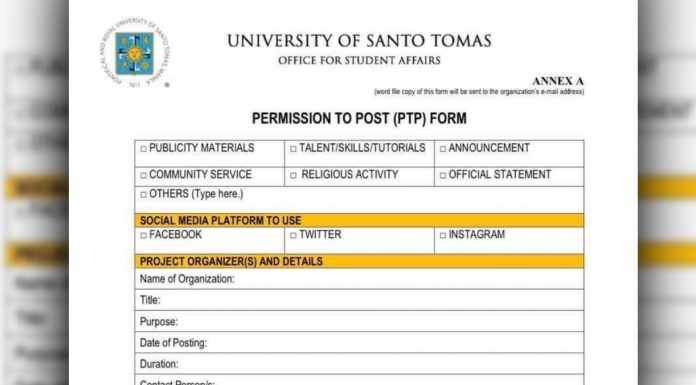What is antimatter? Does it really exist? – Dani Firme, BS Applied Physics
Every Star Trek fan knows that the Starship Enterprise is powered by antimatter and travels at the speed of light. Dan Brown, the best-selling author of the Da Vinci Code, on the other hand, presented antimatter on his novel Angels and Demons as an utterly terrifying discovery. But does antimatter really exists? The answer is, certainly.
In Angels and Demons, Brown (though not a physicist), described antimatter as the ultimate energy source. It releases energy with 100% efficiency (nuclear fission is 1.5% efficient.) and is 100,000 times more powerful than rocket fuel. One gram of antimatter is as explosive as the atomic bomb dropped on Hiroshima. In addition, antimatter is extremely unstable and ignites when it comes in contact with anything—even air. It can only be stored by suspending it in an electromagnetic field inside a vacuum canister. If the field fails and the antimatter falls, the result is a “perfect” matter/antimatter conversion, which physicists aptly call “annihilation.” However, antimatter technology brings a chilling dilemma—it can create the most deadly weapon ever made.
Beginning
The history of antimatter begins with physicist Paul Dirac, who in 1930 formulated a quantum theory for the motion of electrons and magnetic fields. He won the 1933 Nobel Prize in Physics for his theories. His equation correctly included Albert Einstein’s theory of relativity. Dirac’s theory was a milestone for modern physics since his equation required the existence of another type of particle with exactly the same mass and spin as the electron but with a positive rather than a negative electric charge.
In 1932, US physicist Carl David Anderson verified the existence of this electron antiparticle, called positron. By measuring cosmic rays in a Wilson chamber experiment he discovered the first antimatter.
Modern theories of particle physics and evolution suggest and that matter and antimatter were equal during the earliest stages. According to Conseil Européen pour la Recherche Nucléaire (CERN), the world’s largest scientific research facility located in Geneva, Switzerland, ten billionths of a second after the Big Bang, the entire Universe would have fitted into a living room. Inside are new particles and anti-particles created all the time and then annihilated back to energy. If that is the case, one may wonder where the antimatter is. The observed imbalance is yet a puzzle but without such conditions, there would be no matter left around. If ever, the only thing that would be left in this universe is electromagnetic radiation, caused by non-stop annihilations.
Use
Antimatter at lower energies can be used in medical diagnosis.
In Positron Emission Tomography (PET), an imaging technology, radioactively labeled biological molecules such as those of glucose are injected into the bloodstream and allowed to be naturally taken up by metabolically active cells. It differs from Computed Tomogoraphy (CT) and Magnetic Resonance Imaging (MRI) in its ability to locate information about metabolic processes at specific locations in the body, The isotope in the injected substance will emit positron, which will later collide and annihilate with electrons inside the cell, releasing enough high energy radiation (gamma rays). Finally this will be detected by a PET scanner for final diagnosis.
PET is important in studying metabolic properties of various parts of the brain. People with brain-related illnesses such as schizophrenia, epilepsy, Alzheimer’s disease, and stroke benefits from the use of this antimatter technology.
In no time we will be seeing spacecrafts flying at the speed of light. NASA is now paying attention at the idea of employing antimatter annihilation as possible fuel for interstellar propulsion.
Who knows what antimatter holds for this technology-driven world? Just keep your fingers crossed that whatever advances antimatter will bring, it would be for the common good. Jefferson O. Evalarosa with reports from www.livefromcern.com.ch; www.writerswrite.com; and www.sciam.com
















